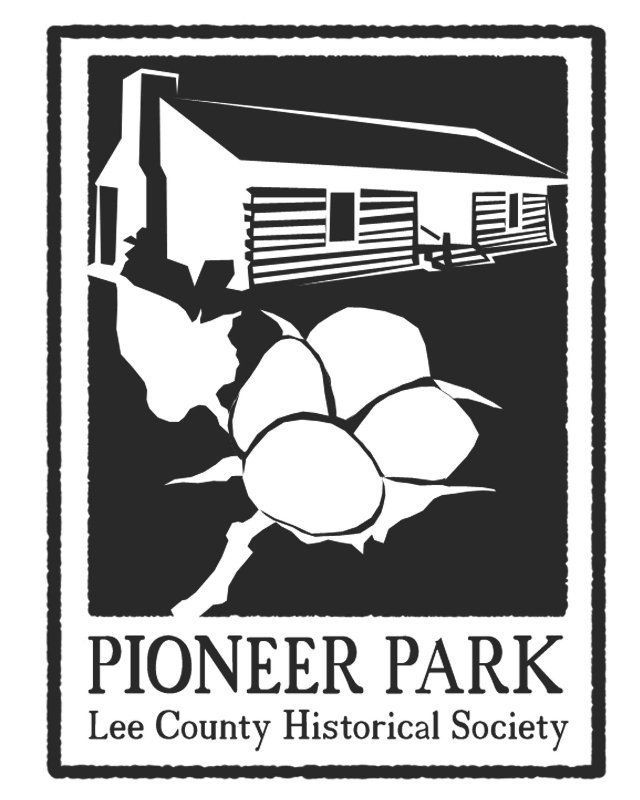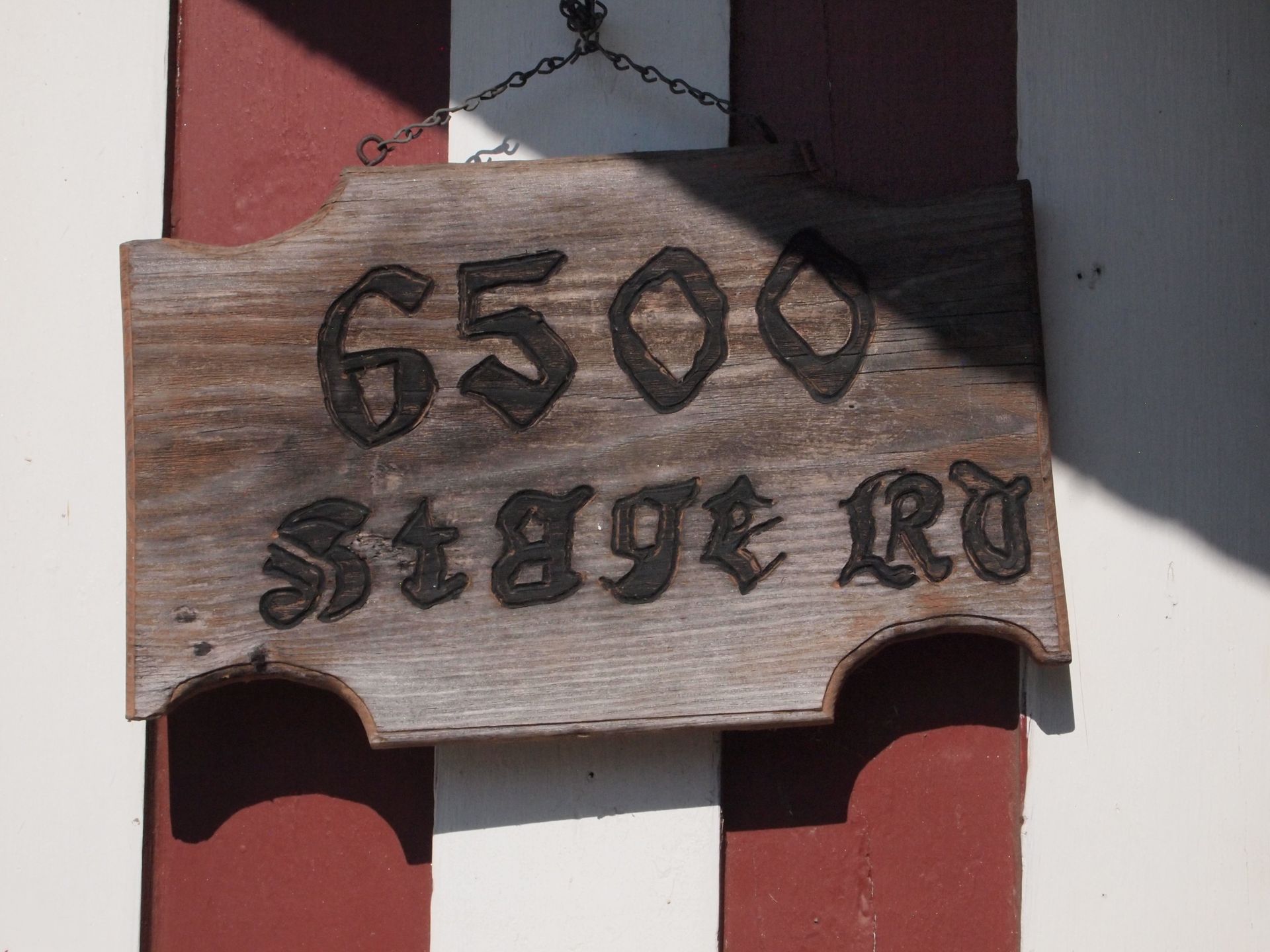Creek Indians
Explore Creek Indian life in the mid-1700s through a captivating mural at the Trade Center, depicting their encounters with Europeans and cultural exchanges. Learn about their distinctive houses, trade goods, agricultural practices, games, and more in this educational exhibit
Exploring Creek Indian Life
In the Trade Center, there's a remarkable mural depicting Creek Indian life in the mid-1700s, painted by Anderson Luster, Pete Dunaway, and his wife Denise. This exhibit aims to showcase how the Creek Indians' way of life changed as they encountered Europeans, exchanging goods and ideas.
The mural presents a Creek Indian village resembling a principal town, identifiable by the four square buildings. These towns served as central hubs for government activities and decision-making, much like county seats in modern times.
Houses
Creek Indian houses varied in style. Some had bamboo strips from Alabama's river cane, resembling picnic pavilions, while others were winter houses with walls and hearths for warmth. The roofs were likely made of palmetto branches, providing protection from rain.
Clans and Symbols
Creek Indians belonged to different clans, such as the Wolf Clan or the Turtle Clan. Symbols like turtles adorned their houses, representing their clans and extended families.
Trade Goods and Clothing
Trade with Europeans introduced new items to Creek Indian life, including colorful linens and metal goods like iron, tin, bronze, and brass. These goods replaced traditional materials like copper, offering convenience and utility.
Buckskins and Muskets
Creek Indians used buckskins, or deer skins, as currency for trade. Muskets, purchased with deer skins, facilitated hunting and made life easier for Creek Indians.
Food and Agriculture
Creek Indians relied on agriculture and gathering for food. They grew corn, processed it into flour using grinding techniques, and gathered nuts like hickory and walnuts. Corn was a vital food source for Creek Indians and was sought after by European traders.
Games and Recreation
Creek Indians enjoyed games like stickball, a mix of lacrosse, hockey, and football. Stickball games could be intense and lasted for hours or even days. Music also played a role in Creek Indian life, with simple instruments like flutes made from river cane.
The mural at the Trade Center provides a glimpse into the rich and diverse culture of Creek Indians in the 1700s. It serves as a valuable educational tool, highlighting the interactions between Creek Indians and Europeans and the ways of life that emerged from these encounters.
Visit the Next Virtual Stop
This is the text area for a paragraph describing this service. You may want to give examples of the service and who may benefit. Describe the benefits and advantages of this group of services, explaining to users why they should choose your company.
Visit the Previous Virtual Tour Stop
This is the text area for a paragraph describing this service. You may want to give examples of the service and who may benefit. Describe the benefits and advantages of this group of services, explaining to users why they should choose your company.
Would you like to visit Pioneer Park firsthand or arrange a field trip?
The museum is open Wednesdays through Fridays: 12:00 p.m. to 4:00 p.m. and all of Pioneer Park is open every Second Saturday of Every Month: 9:00 a.m. to 3:00 p.m.
Museum tours may also be scheduled at other times by appointment by calling (334) 887-3007.

